Sponsored by ODAKYU ELECTRIC RAILWAY
Mt. Takao is one of the most popular day hike destinations for Tokyoites, but where can you go if you want to try some place a little different? Look no further than Mt. Oyama in Kanagawa Prefecture, a mere one and a half hours from Tokyo on the convenient Odakyu line. Mt. Oyama is part of the Tanzawa-Ōyama Quasi-National Park, which is filled with hiking trails connecting ancient temples. These temples have attracted worshippers for many centuries and even today, there are many who make pilgrimages to them. The area also has quite a reputation for culinary specialties based on tofu, making it a great choice for vegetarians in search of new cuisine.

Direct Access from Shinjuku Station to Isehara Station on Odakyu Railways
The Mt. Oyama area is served by trains and buses operated by Odakyu. From Shinjuku Station, take the Odakyu Odawara Line to reach Isehara Station in about an hour.
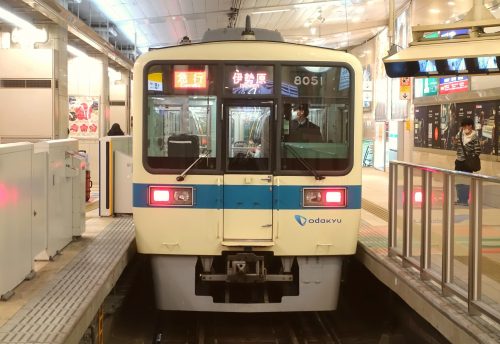
After getting off at Isehara Station, go to the North exit and turn right, and you will see the signs for the buses bound for Oyama. You can take Kanachu buses No. 10 and No. 11 to the Oyama Cable Car, which has a bus stop just 100 meters away from the station. The connection is very easy and intuitive; on my trip, I allotted 15 minutes to get to the bus stop, but I was able to board a bus in just 5 minutes.
Once you arrive at the Oyama Cable Car stop, stroll down the charming Koma Sando main street to reach the cable car station. As you make the ascent to the cable car, you’ll climb many steps decorated with Oyama-koma tops, the lucky charm of the village. This is a great way to warm up your legs before starting the real hike up the mountain.
Oyama-dera Temple and Oyama Afuri-Shimosa Shrine: Follow the footsteps of Ancient Pilgrims
Board the cable car and stop to visit not just one, but two ancient temples that are over a thousand years old. The first stop is Oyama-dera Temple, first established on this spot in 755. The lovely Japanese maples along this path turn fiery red in the Fall and are not to be missed. Oyama-dera is known in the Kanto region as a power spot; whether true or not, there are certainly many intricate statues of Buddhist here. The temple houses a statue of Buddha (look for the sign 本 堂 “Hondo”).
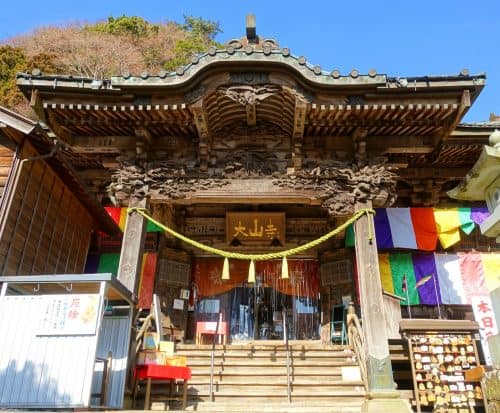
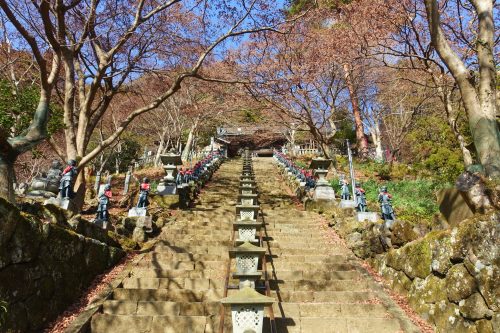
Many hikers participate in a traditional ritual here: tossing porcelain through a large metal ring, said to remove bad luck before the ascent. It can’t hurt, right?
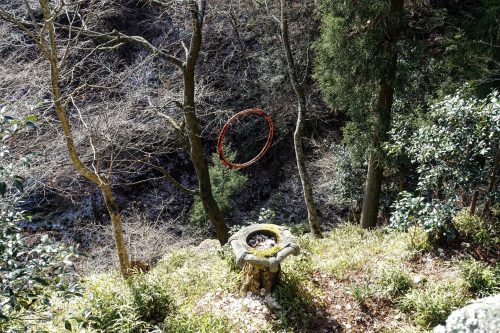
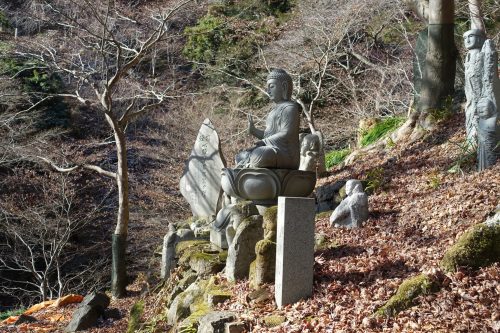
The second and final stop of the cable car is Oyama-Afuri-Shimosa Shrine, an auxiliary to the main Afuri Temple which is located on top of Mt. Oyama. Here you can find the source of Mt. Oyama’s spring water where you can fill your water containers and bring a little strength of the gods of the mountain for the climb ahead.
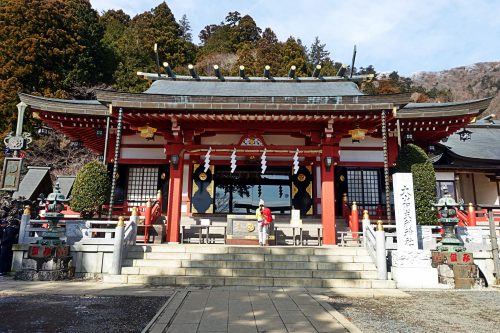
Views of Mt. Fuji on the Way to the Peak of Mt. Oyama
From here, the real adventure begins at Tohai-mon gate, which opens on a steep staircase. When you reach the top, celebrate by catching your breath then continue on along the path, passing many small monuments and opening up on some breathtaking views of the mountains.
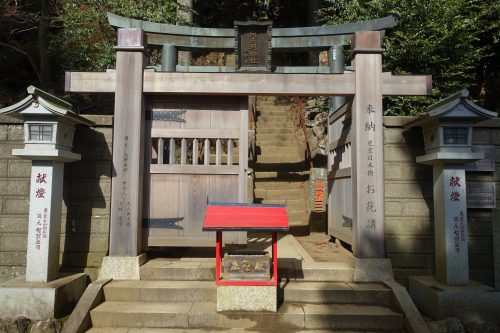
You will probably notice the fabulous Meotosugi, a pair of cedar trees each over 500 years old, or the “Tengu Rock”, a rock that is said to have been pierced by the long nose of one of the gods of the mountain, Tengu. During the climb, you will at times be enveloped in dense forest and on clear days, suddenly emerge to incredible views of majestic Mt. Fuji.
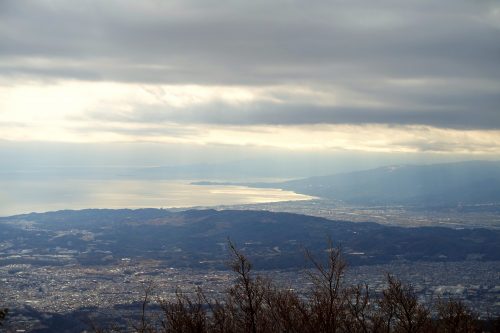
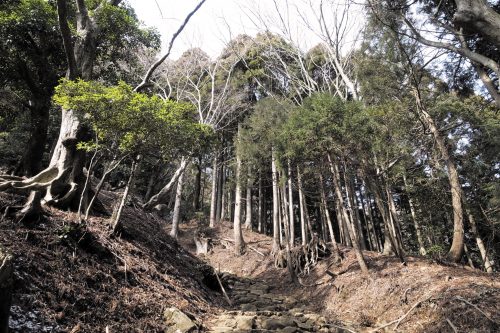
Though the hike can be challenging (about 90 minutes to ascend, 60 minutes to descend, or 2.5 hours to complete the loop trail) the mountain air is as refreshing as the views and there is nothing quite as rewarding as reaching the peak to enjoy a panoramic view of the valley, the beaches of Enoshima, and iconic Mt. Fuji. During my trip in February, the trees were frosted white, adding to the magic of the atmosphere.
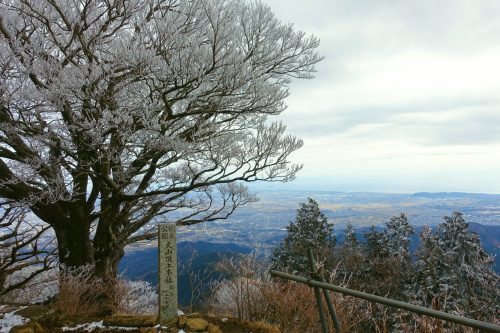
Before your descent, you can offer a prayer at the Oyama-Afuri Honsha Shrine. And if you need a little motivation before starting the long climb down the mountain.
Oyama Tofu – A Local Meatless Specialty
Back at the base of the mountain, take a leisurely stroll along the old Koma-sando street lined with many small shops, cafes and restaurants. A popular souvenir is a lucky spinning top made from wood harvested from the mountain.
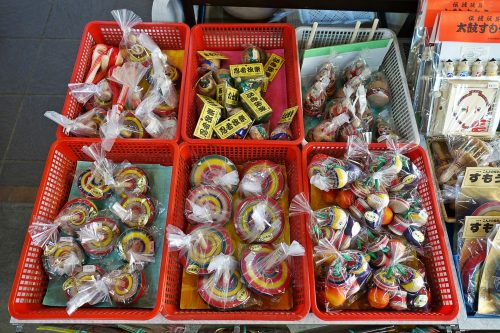
Some of restaurants offers visitors Japanese traditional cuisine of Buddhist vegetarianism, “shojin ryori”. Treat yourself to a meditative meal like the monks eat, including tofu made with the pure water from Mount Oyama. I opted for the restaurant 小川屋 (Tofu restaurant Ogawaya), which offers a fabulous tasting menu, “tofu kaiseki cuisine lunch“, consisting of 5 homemade dishes made of tofu. Among the most famous, Yudofou (tofu served in warm soy milk) and goma tofu (sesame tofu). In the main room, sit on tatami mats on the floor and admire a view that includes a beautiful branch of plum blossoms, the perfect contemplation to compliment your lunch. The charming staff dressed in traditional kimono polish off this thoroughly Japanese experience.
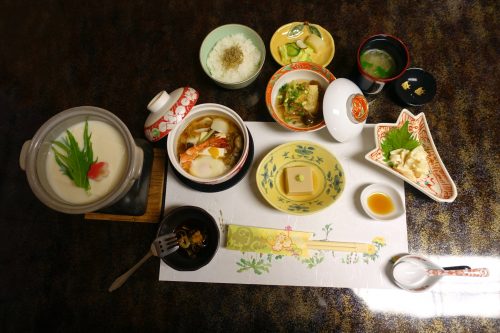
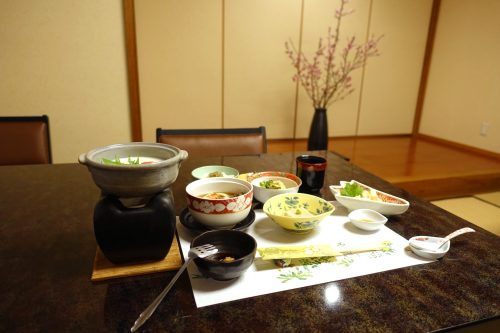
How to Get there / Useful Information
If you plan to spend the night, Odakyu offers the Tanzawa-Oyama Freepass which includes all of the types of transport mentioned, and will also allow you unlimited use for the two day duration of the pass. To get your pass, you can consult the site of Odakyu company here. At Shinjuku Station’s West or South entrances, you will find Odakyu counters to buy your tickets and ask for all the information you need. Service in English available!
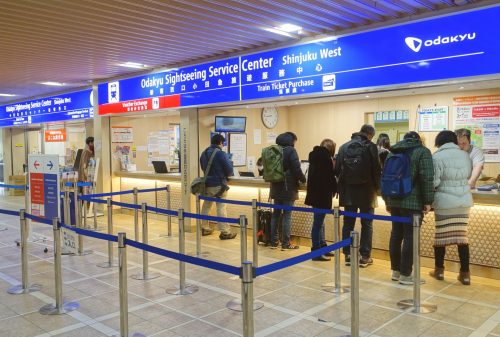
A good tip: Kanachu buses accept Suica and Pasmo cards, or you can simply pay cash with the driver when you get off (they will give you change, but make sure you have small bills or coins).

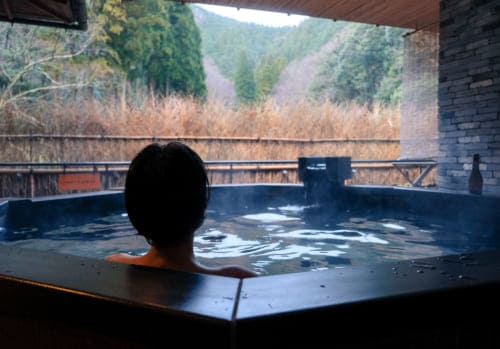
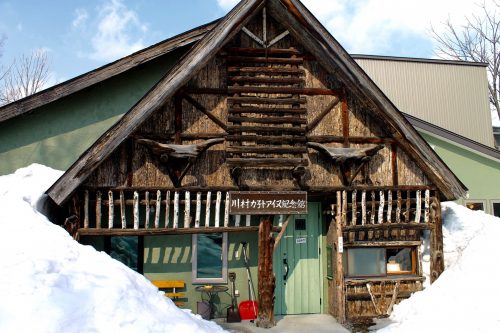
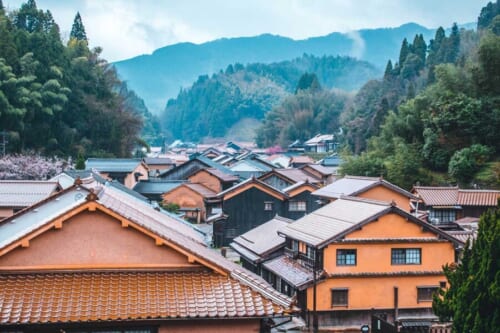
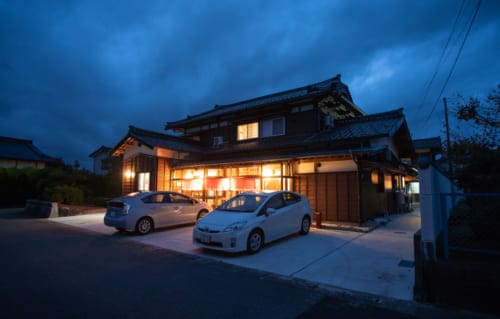


No Comments yet!